Today what we have in terms of technology all credit goes to our old precious scientists who did their hard work to achieve what they want to develop. Now we have smartphones, laptop, computer etc. which we are using it in our daily life to make our life easier.
So the technologies used to make these devices they all are made by our old scientists. Charles babbage is one of them who invent the first automatic digital computer. Now let us see in detail about him…
Table of Contents
Who Invent the first Computer?
The first digital computer was invented by the English mathematician “Charles Babbage” between the year 1833-1871. He was born on 27 December 1791 London. His interest mainly focuses on mathematics, science, and technology, particularly in the development of mechanical computing devices like the Difference Engine and the Analytical Engine. Due to his main focuses to build computing devices that why he is also known as the “Father of Computer”.
Now let us see the History of Computer Systems and its Generations…
History Of Computer
In the history of computers, ABACUS was one of the first computing tools which were discovered in ancient times. In 3000 BC, it was the first calculating device that helped us to calculate arithmetic calculations.
After that, In 1617 A.D. “John Napier” built a mechanical device with the name of Napier bones which help us with the calculation of products and quotients of numbers. This has a major upgrade from the abacus.
Around 1620 The Slide Rule was invented by “E Gunter”(An English mathematician), The device Slide performs many operations like addition, subtraction, multiplication, and division, this is the third improvement from the first computing device (abacus).
After that, the Pascal calculator came in the 17th century which is also known as the “arithmetic machine” or “Pascaline”. It is a mechanical calculator invented by “Blaise Pascal”, this machine was operated by dialing a series of wheels, gears, and cylinders.
Like these, there were many inventions discovered in the ancient period. Now, let me tell you all of them one by one
1. ABACUS

Nearly 5,000 years ago, the “abacus” was developed in China in 3000 B.C. and this device is also known as the counting frame or board which means to calculate.
The word “abacus” may be considered the first computer and it has been used by primitive peoples. This Chinese abacus has a frame holding vertical wires with seven beads on each wire. The horizontal divider separates the top two beads from the bottom five, some referred to as the heaven and the earth beads.
It was used in the ancient Near East, Europe, China, Russia, etc. Now, the abacus is used today to teach small children how to count and it remains in common use in some countries like Russia, China, Africa, and Japan.
2. NAPIER’S BONES

Napier’s bones were invented by “John Napier’. He was a mathematician who became famous for his invention of logarithms. He built a mechanical device named “Napier’s bones” for multiplication in 1617 A.D.
The name “bones” is a set of eleven rods side-by-side products and quotients of large numbers that can be obtained. The sticks used in this device are called “bones” and these were made of bone ivory. This device is also known as the first machine which uses the decimal point.
3. SLIDE RULE

English mathematician “E. Gunter” developed the Slide Rule around (1581–1626). This machine was capable of adding and subtracting the numbers.
This device consists of two movable rulers which were placed side-by-side rule. Each ruler is marked off in such a way that the actual distance from the beginning of the ruler is proportional to the logarithms which the numbers printed on the ruler.
4. PASCAL’S CALCULATOR

Pascal’s calculator is also known as an “arithmetic machine” or “pascaline”. It is a mechanical device that was invented by “Blaise Pascal” around (1962-1964). He was a French mathematician and he made this machine at the age of 19. This device is capable of adding and subtracting numbers. The machine was operated by dialing a series of wheels, gears, and cylinders.
Pascal also built around twenty more machines during the next decade, many of which improved on his original design.
5. LEIBNIZ’S MULTIPLICATION AND DIVIDING MACHINE
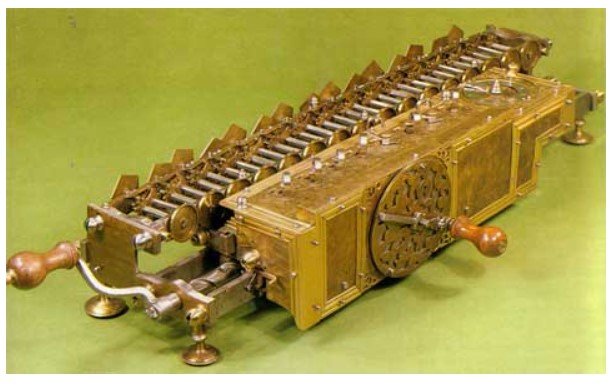
Like Pascal, Gottfried Leibniz(a German mathematician) was a seventeen-century scientist who recognized the value of building machines and it was built around 1673. It is a mechanical device that can do mathematical calculations and save labor too. He improved Pascal’s invention by making this machine. It was a digital mechanical calculator which was called the stepped reckoner.
6. DIFFERENCE ENGINE
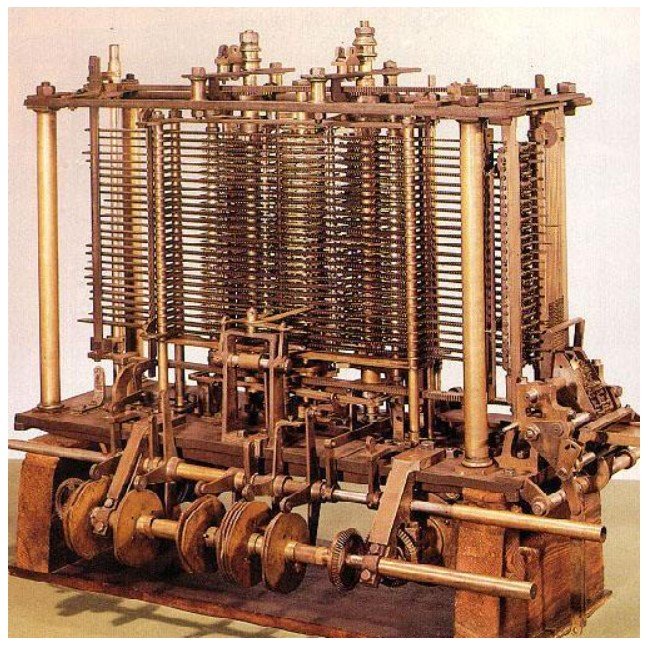
In the 1820s This engine was developed by Charles Babbage he was an English machine and he is also known as the “father of computers”. This engine is an automatic mechanical calculator which is designed to tabulate polynomial functions. This was the first step towards the creation of computers, he realized that all mathematical calculations can be broken up into simple operations which are then constantly repeated, and that, these operations could be carried out by an automatic machine.
After 10 years, he abandoned it for the “analytical engine”.
7. ANALYTICAL ENGINE

The Analytical engine marks the progression from the arithmetic calculation to general-purpose computation. This device is the successor of “Difference Engine” and It was also developed by
“Charles Babbage” in 1830.
This machine was based on the principle that for certain formulas & certain values are constant. The engine had a “store”(memory) where numbers and intermediate results could be held, and a separate “Mill”(processor) Where the arithmetic progression is performed. It was also capable of functions like conditional branching looping(iteration), latching, polling and microprogramming, etc.
8. TABULATING MACHINE
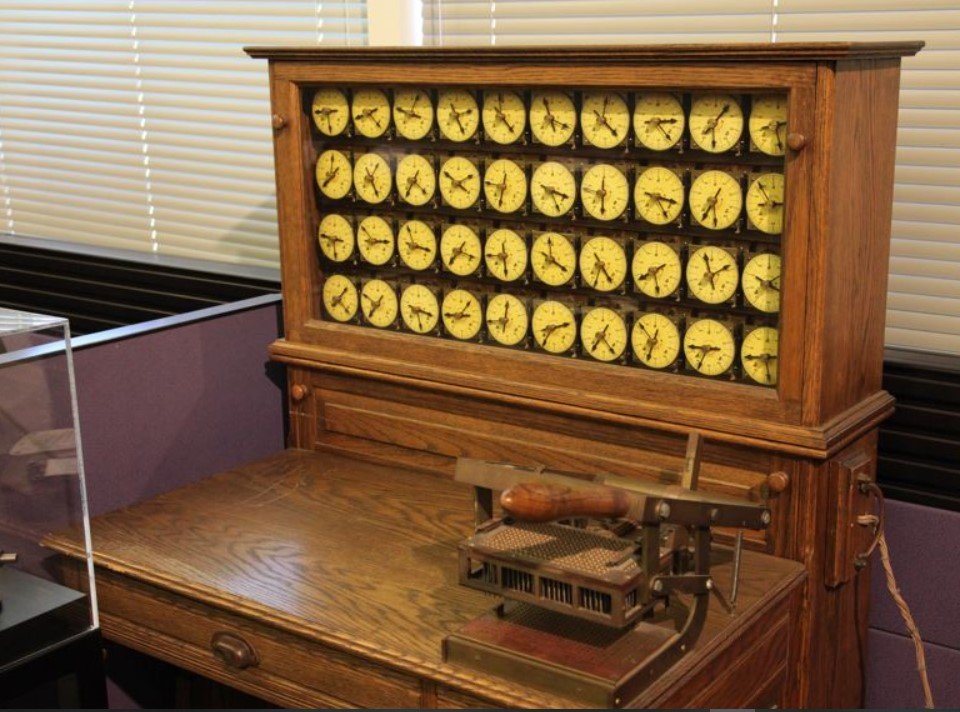
This is the electromechanical machine that was invented by “Herman Hollerith” around the 1880s. This tabulating machine is designed to summarize information stored in punched cards. In the punch card, the Data was recorded by punching holes in these cards or strips of non-conducting paper and then counting these by mechanical counters operated by electromagnets.
9. MECHANICAL AND ELECTRICAL CALCULATOR
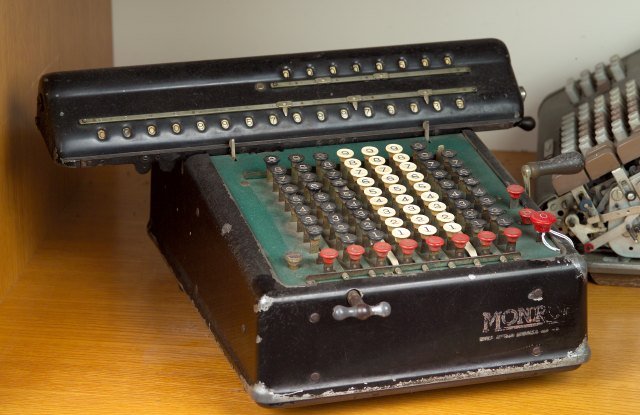
At the beginning of the 19th century, the mechanical calculator was developed to calculate all the mathematical calculations.
In the 1960s, it was widely used. Later the rotating part of this mechanical calculator was replaced by an electric motor which is called the electrical calculator.
10. MODERN ELECTRIC CALCULATOR
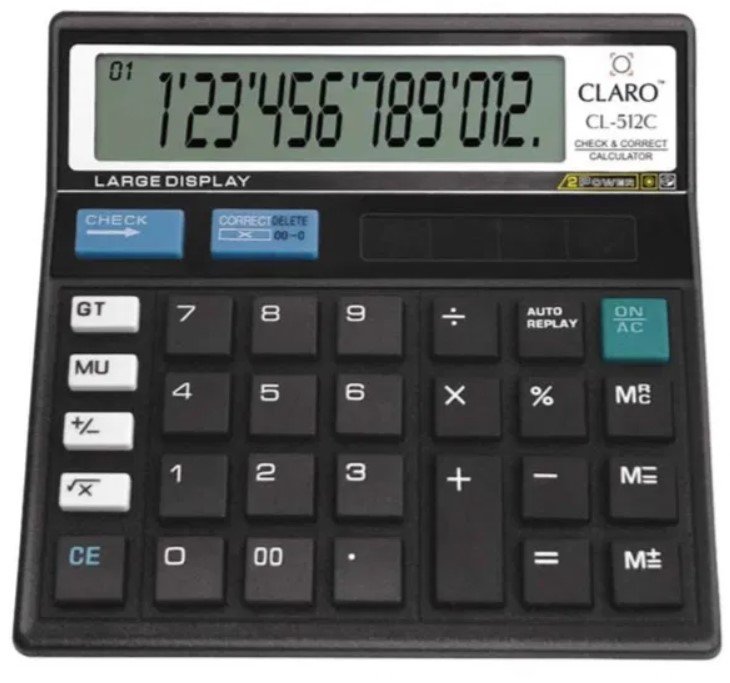
The electrical calculator used in the 1960s was run with electron tubes, Which were quite heavy because they were bulky. Later it was replaced with transistors and then the result was fairly small which makes a good feel in the hand as compared to the electrical calculator. Modern electronic calculators contain a keyboard with buttons for digits and arithmetical operations. These calculators can perform sophisticated arithmetic and financial computations such as converting from polar to rectangular coordinates, taking square roots, and comparing logarithms and trigonometric relationships.
Generations of Computer
In the history of computer we discussed that how many invention were made in the ancient time by our ancient scientist, Now this time to discuss how these things are evolve to the desktop computer which we are using today.
These evolution were made in five different generation:
- First Generation Computer (1940-1956)
- Second Generation Computer (1956-1963)
- Third Generation Computer(1964-1971)
- Fourth Generation Computer(1971-Present)
- Fifth Generation Computer(Present and Beyond)
FIRST GENERATION COMPUTER: Vacuum Tubes (1940-1956)
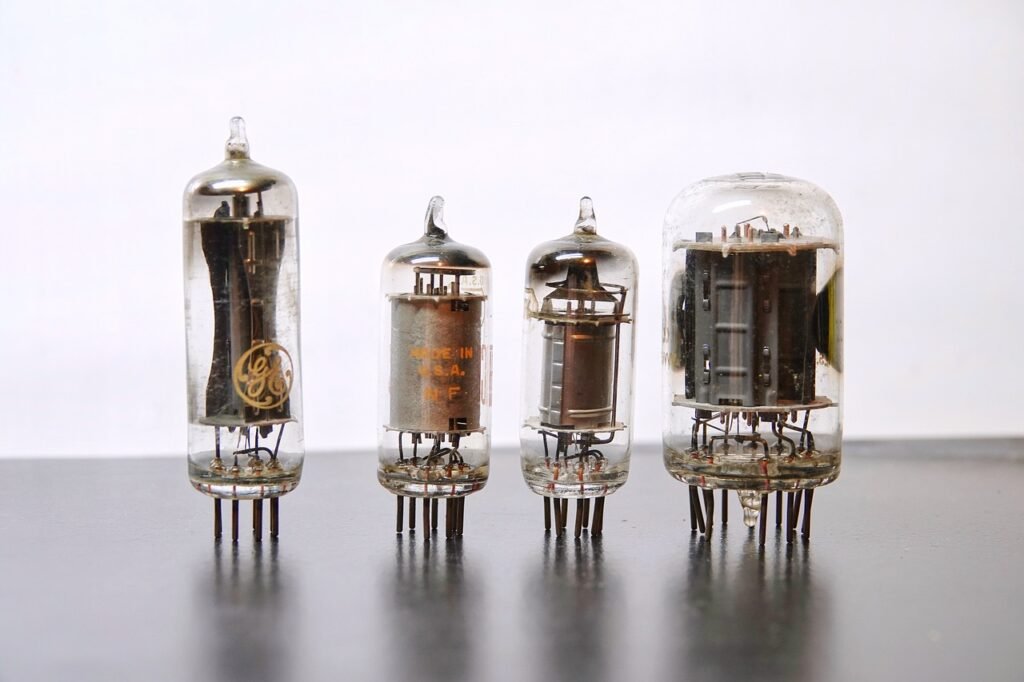
- The first generation of computers is generally regarded as the time between (1940 and 1956).
- It is characterized by the use of “Vacuum tubes” and it was developed in 1904 by the British engineer “John Ambrose Fleming”.
- It is used in CRT(Cathode Ray Tube) TV, Radio, etc.
- ENIAC was the first computer developed in this period.
Second Generation Computer (1956-1963)
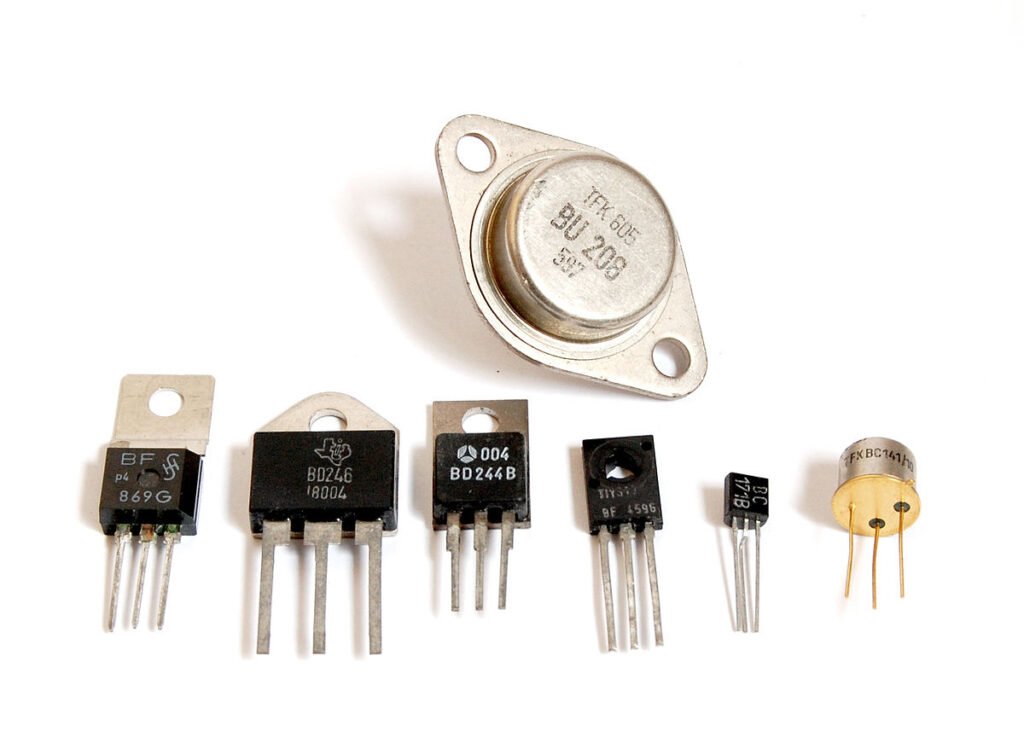
Image Src: https://www.wikipedia.org/
- The period from (1956 to 1963) is generally regarded as the Second Generation of Computers.
- This generation is characterized by the use of “Transistors” and it was developed in 1947 by three American physicists “John Bardeen, Walter Brattain, and William Shockley”.
- It is mainly used to create Microprocessors and microchips for the computer.
- After the invention of the transistor, it replaced the bulky electric vacuum tubes from the first generation of computers. It is smaller than the first generation of computers, it is faster and less expensive compared to the first generation of computers.
- Examples are PDP-8(Programmed Data Processor-8), IBM1400(International business machine 1400 series), IBM 7090(International business machine 7090 series), CDC 3600( Control Data Corporation 3600 series)
Third Generation Computer(1964-1971)
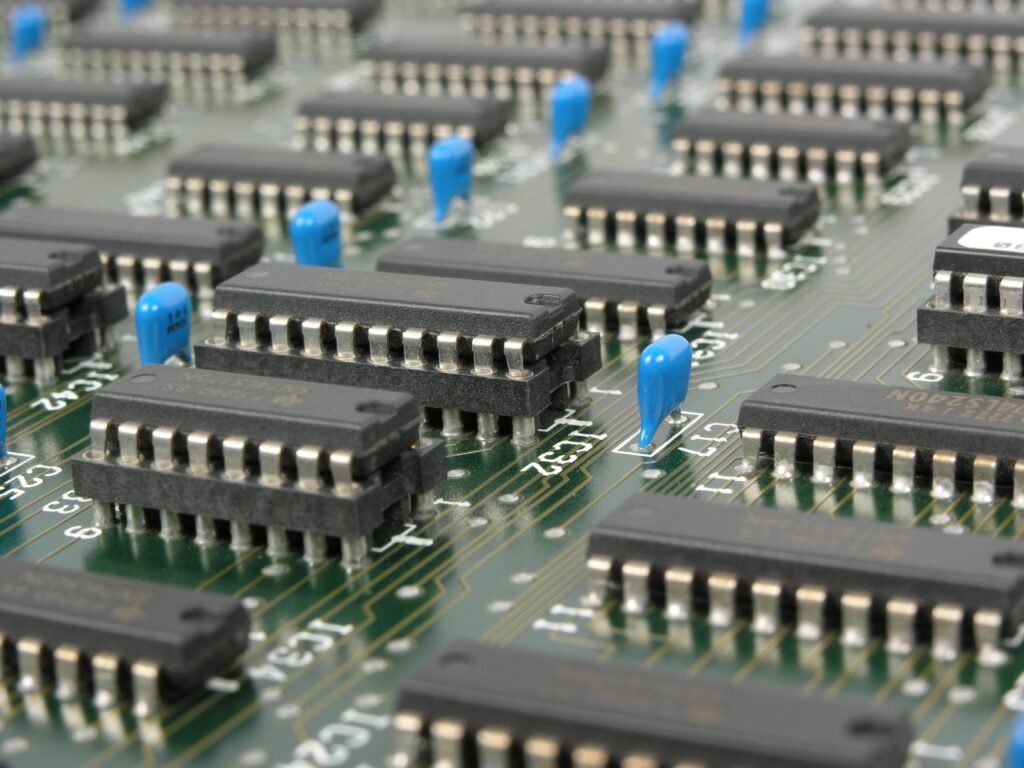
- The Third Generation of computers is generally the time between (1963 to 1971).
- This generation is characterized by the use of “Integrated Circuits” which were developed in 1958 by two American engineers “Robert Noyce” & “Jack Kilby”.
- The integrated circuit is a set of electronic circuits on small flat pieces of semiconductor that is normally known as silicon and these ICs (integrated circuits) are popularly known as chips.
- This innovation made computers more compact, inexpensive, memory-rich, and processing-capable.
- Examples are NCR 395(National Cash Register), IBM 360,370 series, B6500
Fourth Generation Computer(1971-Present)
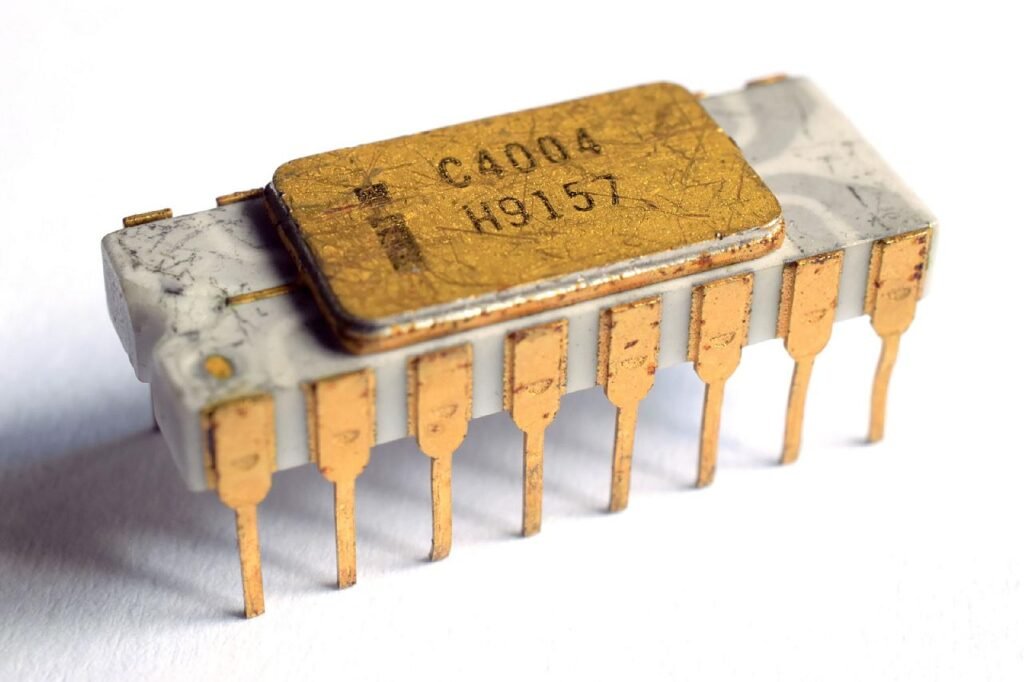
Image Src: Wikipedia.org
- This generation of computers is considered as the period from 1971 to now.
- The fourth generation of computers is characterized by the use of the “Microprocessor” It was invented in the year the 1970s and was developed by four inventors named are “Marcian Hoff, Masatoshi Shima, Federico Faggin, and Stanley Mazor“.
- “Intel 4004” was the first microprocessor CPU that was invented.
- In this generation of computers, computers have become very small in size like laptop computers, desktop computers, etc.
- Examples are APPLE II, Alter 8800.
Fifth Generation Computer(Present and Beyond)
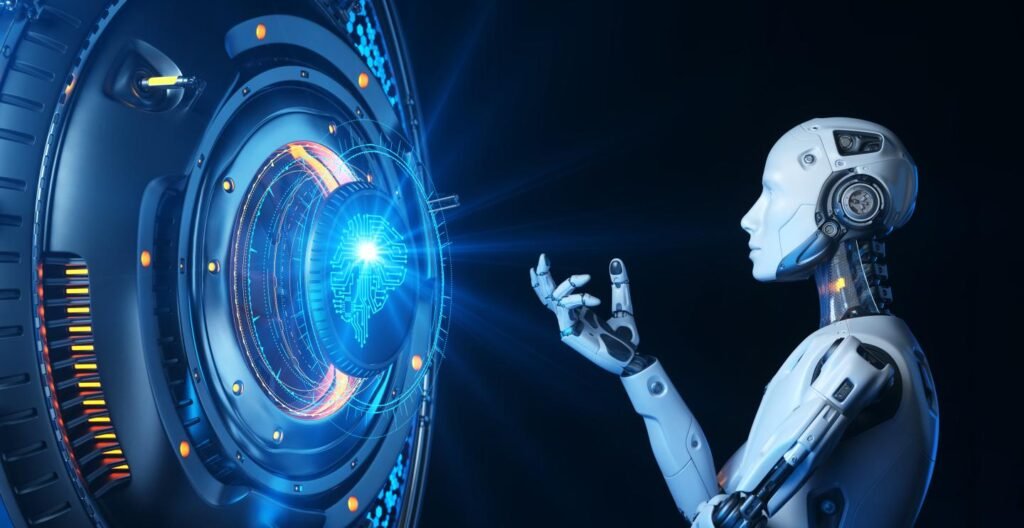
Image Src: https://misti.mit.edu
- Today and beyond are considered the fifth generation of computers.
- This generation of computers is entirely based on AI which is the branch of computer science that makes computers act like humans and make their own judgments.
- It is expected that in the future, such a computer will be able to speak with its user in natural spoken languages.
- Examples are Desktop computers, laptops, notebooks, MacBooks, etc. These all are the computers which we are using.
Note: If you want to learn more then must read our article on the “Evolution of Computer”
Classification of generation of computer
| Computer Generations | Periods | Based on |
|---|---|---|
| First-generation of computer | 1940-1956 | Vacuum tubes |
| Second-generation of computer | 1956-1963 | Transistor |
| Third generation of computer | 1964-1971 | Integrated Circuit (ICs) |
| Fourth-generation of computer | 1971-present | Microprocessor |
| Fifth-generation of computer | Present and Beyond | AI (Artificial Intelligence) |
Frequently Asked Questions
Who is known as the father of computer?
Charles Babbage
Who is known for the inventor of Difference Engine and Analytical Engine?
Charles Babbage
What is the name of the first digital computer?
ENIAC (Electronic Numerical Integrator and Computer)
Which one is the earliest computer device invented in the history of Computer?
Abacus
Who is the inventor of NAPIER’S BONES?
John Napier
Which generation of computer known for the Artificial Intelligence?
Fifth Generation Computer
In which period Vacuum Tubes were invented?
(1940-1956). It is also known for the First generation of computer
What is Integrated Circuit?
The integrated circuit is a set of electronic circuits on small flat pieces of semiconductor that is normally known as silicon and these ICs (integrated circuits) are popularly known as chips.

I want to be a good teacher
You will surely